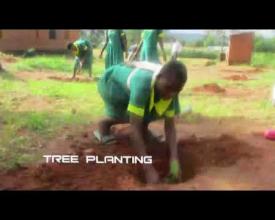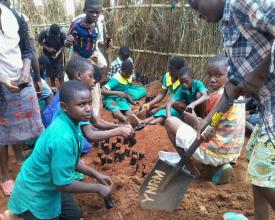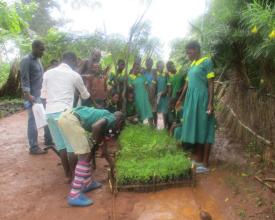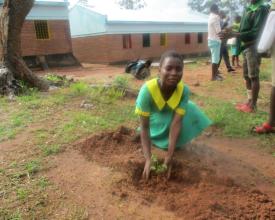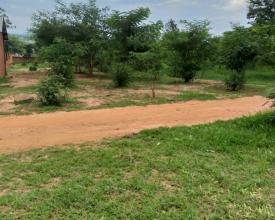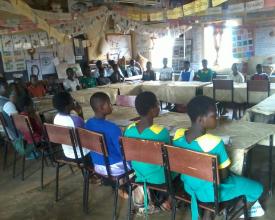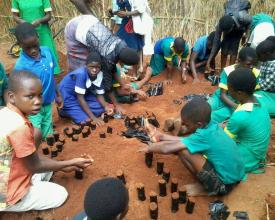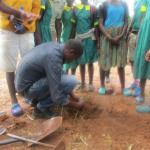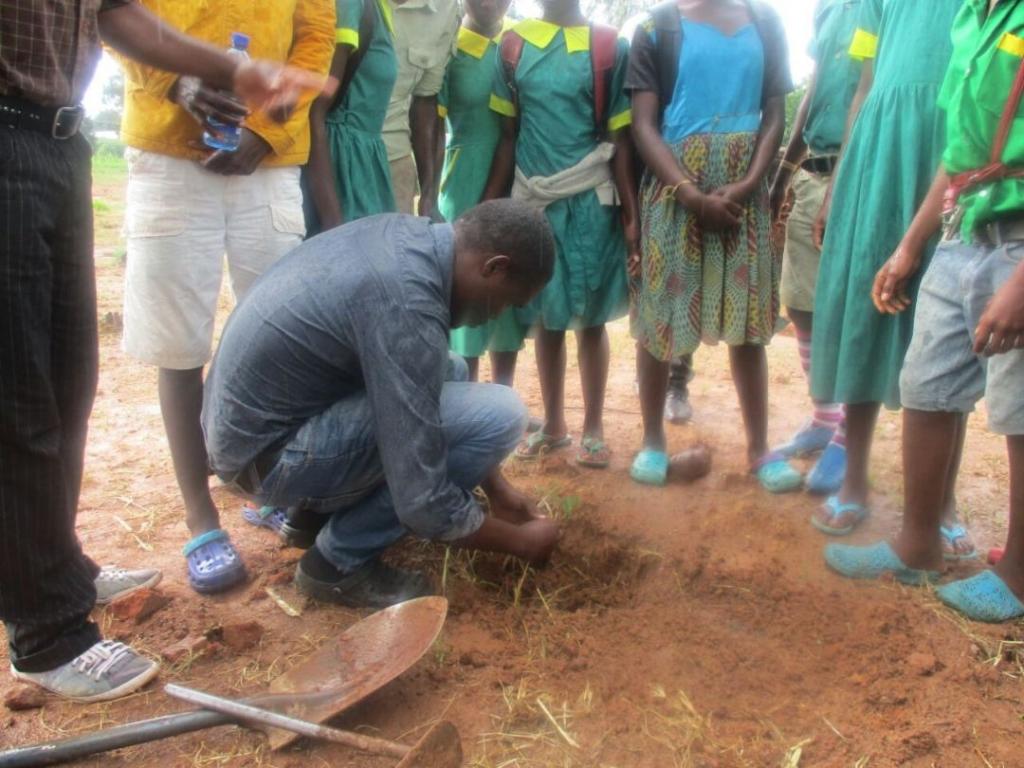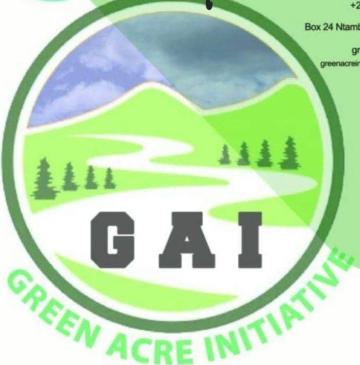
Youth-centric restoration in Thyolo

In 2017, the Green Acre Initiative-GAI organisation launched a project called Youth in Natural Resources Management (YNRM); objectively to impart knowledge and skills in the youth in environmental and natural resources management being the future leaders for sustainable development. The project is being implemented at Ntambanyama Full Primary School in Southern Region District of Thyolo in Malawi.
The project seeks to restore degraded landscapes. The approach used is youth engagement and self-help.The School was identified because it had degraded landscapes and environment which predisposed it to natural disasters leading recurrent blow-up of classroom roofs posing danger to learners.
The project has restored the school premise degraded landscapes; addressed recurrent disasters, equipped learners with knowledge and skills in environmental and natural resources management, and established a woodlot.
Context
Challenges addressed
The challenges faced during implementation of the project were; theft of trees by encroachers; limited financial resources to scale-up the project to other schools; culture of reliance on handouts affected participation of community members
Location
Process
Summary of the process
Self-help and youth engagement spur transformational change since the interventions are granteed sustainability
Building Blocks
Impacts
To achieve the desired outcomes, the project carried out the following activities;
1. Capacity building training on climate change, environmental and natural resources management
2. Hands-on Seedling nursery management i.e Seed selection and treatment, polythene tube filling, hardening-off, watering, and nursery fence construction.
3. Field management i.e Transplanting, weeding, composting (manure making), pit spacing, and pruning. To achieve initiative sustainability, the project activities were facilitated by an official from the Department of Forestry, a school NRM patron, and Green Acre Initiative-GAI volunteers, through the School Natural Resource Management Club (SNRMC). Members of the School Natural Resources Management Club were tasked to identify degraded landscapes and establish Village Woodlots.
The project trained 1250 learners in environmental and natural resources management; established one school-managed woodlot, established a functional environmental and natural resources management club and 5 community managed woodlots and tree nurseries in villages surrounding Ntambanyama Full Primary School; and the initiative is supervised by the members of school natural resources management club. The project earned the Primary School an award for being the best in environmental and natural resources management which added to the success story of the project.
Beneficiaries
The project benefitted learners and surrounding communities
Sustainable Development Goals
Story
The solution / project earned the institution (Ntambanyama Full Primary School) an award for being the best in environmental and natural resources management.

